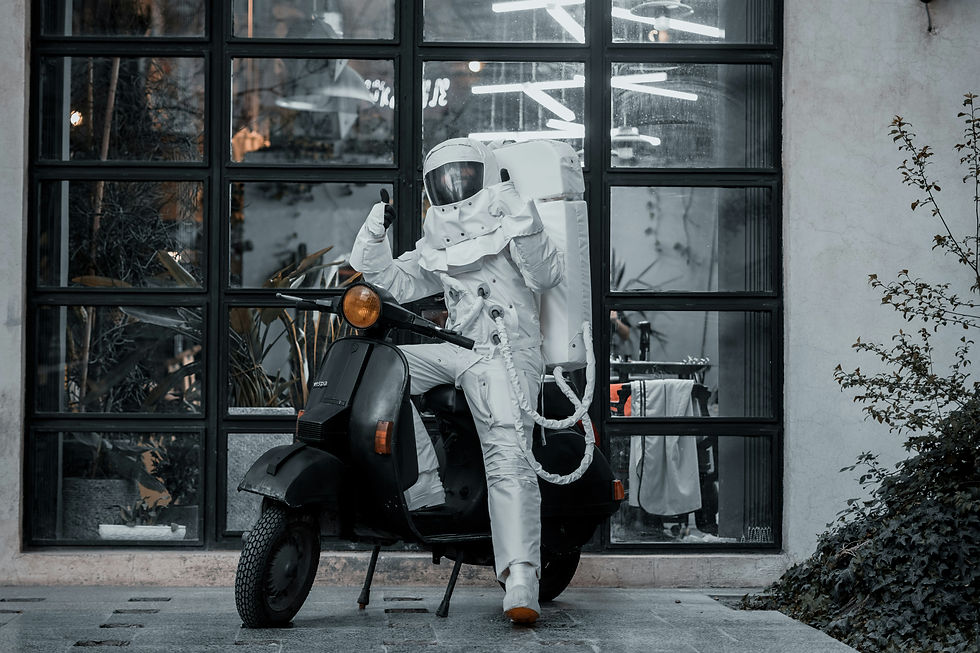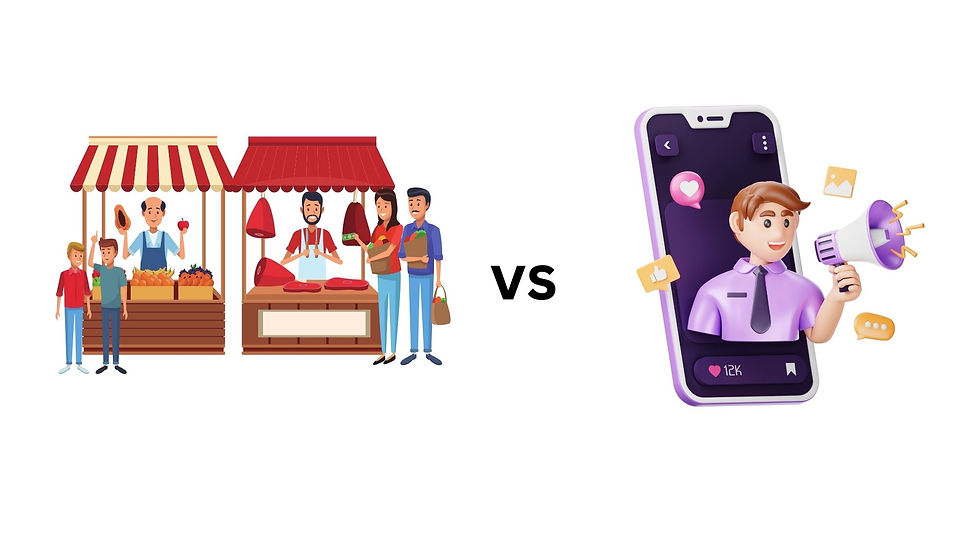What I Learned from Creating Newsletters: My focus: AI and the Harvest Festival (Kaamatan)
- Juneffer Binti Sabastian Goh
- Jun 18
- 4 min read
As a student living in a digital age that's constantly evolving, one of the most rewarding and eye-opening experiences I had recently was working on a series of newsletters. These weren't just about creating pretty designs or drafting catchy headlines—they became an opportunity for deep reflection, connection with my culture, and a deeper understanding of how technology shapes the world.

My newsletter assignments focused on two very different yet equally meaningful topics:
Artificial Intelligence (AI) and the Harvest Festival (Kaamatan) are celebrated in Sabah. While one represents the cutting edge of global innovation, the other is deeply rooted in tradition and heritage. Working on both helped me realize how important it is to balance progress with preservation—and how digital tools like newsletters can be powerful platforms for education, advocacy, and storytelling.

Before starting the newsletter about AI, I had a general idea of what it was. I knew AI was behind things like Siri, YouTube recommendations, and tools to help write or edit photos. But once I started researching more deeply, I discovered a much larger and more complex world of possibilities—and risks.
AI is no longer a futuristic dream; it's already reshaping industries from education and healthcare to customer service, journalism, and creative arts. One of the biggest takeaways from this part of the project was understanding that AI is a tool—and how we use it determines whether it helps or harms us.
I explored how AI can automate repetitive tasks, improve productivity, and assist with language translation or medical diagnostics. However, I also became more aware of challenges like data privacy, ethical concerns, job displacement, and biases within AI systems. I was shocked to learn how AI-generated content can spread misinformation if not properly fact-checked.
As I wrote my newsletter, I had to simplify these big ideas in a way that would make sense to someone with little or no background in AI. That pushed me to not only understand the topic better myself but also to become a better communicator. One key skill I developed was turning technical information into relatable, easy-to-read stories. It's not about sounding smart—it's about making the reader feel informed and empowered.

After diving into AI, I shifted gears to focus on something much closer to home: the Harvest Festival (Kaamatan), celebrated annually in Sabah. Writing about this cultural celebration was like returning to my roots. Kaamatan is more than just a holiday or a beauty pageant—it reflects the values, history, and traditions of the Kadazan-Dusun community and other indigenous groups in Sabah.
What struck me most during my research was how Kaamatan is a living tradition. It evolves, yet it continues to serve its core purpose: to give thanks for a bountiful harvest and to celebrate life, unity, and community. From traditional dances and rituals to the Unduk Ngadau (beauty queen) crowning, each element tells a story about resilience, identity, and gratitude.
Interviewing people and reading about personal experiences opened my eyes to preserving these traditions, especially in today's fast-paced, globalized world. I also learned about some of the current challenges facing Kaamatan, such as the growing influence of Western beauty standards in the Unduk Ngadau competition and debates over how to modernize the event without losing its cultural essence.
Creating a newsletter about Kaamatan helped me find a voice, not just as a student, but as someone who cares deeply about protecting and sharing our cultural heritage. I felt a strong sense of responsibility to present the festival respectfully and truthfully, especially for readers who might not be familiar with it. Through thoughtful storytelling and visuals, I aimed to capture the true spirit of Kaamatan and show why it still matters today.
Working on these two very different topics—AI and Kaamatan—taught me an unexpected but valuable lesson: progress and tradition do not have to be enemies. They can complement each other when approached with respect and awareness. When used ethically, AI can help preserve and promote cultural heritage. For example, AI tools can translate indigenous languages, digitize historical archives, and even create virtual museum experiences.
On the other hand, cultural celebrations like Kaamatan remind us of what makes us human—our emotions, our stories, and our connection to the land and each other. No machine can replicate These things, no matter how advanced. By writing about both topics, I realized that my generation has the opportunity—and the responsibility—to ensure we don't lose sight of where we come from as we move forward.
From a student's perspective, this assignment wasn't just about getting a grade. It was about building real-world skills I'll use long after school. I learned how to research with a critical eye, interview people respectfully, write with clarity and purpose, and design visually engaging content that supports the message.
I also learned that creating content isn't just about information but connection. Whether I was writing about AI or Kaamatan, I had to consider my audience: What do they care about? What do they already know? What will make them want to keep reading? Asking these questions helped me improve my writing, empathy, and awareness as a communicator.
Another important lesson was the importance of visual storytelling. A good newsletter needs more than just strong text—it needs images, layout, and design to guide the reader through the story. I used simple infographics and modern design elements for the AI newsletter to reflect innovation and progress. For the Kaamatan edition, I used warm tones, traditional patterns, and photos highlighting cultural pride and beauty.

But even with eye-catching visuals, authenticity always comes first. It's easy to get caught up in flashy design, but it won't connect with readers if the content isn't honest or respectful. That's why I ensured every photo, caption, and sentence was carefully chosen to reflect truth, not just aesthetics.
Conclusion
Ultimately, my newsletter assignments became more than just a classroom task. They became a journey of learning, reflection, and growth. I gained a deeper understanding of AI and the Harvest Festival and a new appreciation for the role of storytelling in shaping how people think, feel, and act.
Through this experience, I've come to believe that students have the power to make a difference, even in small ways. Whether by sharing knowledge about new technologies or preserving the wisdom of our cultural traditions, we can use our voices to educate, inspire, and connect.
I'm grateful for the opportunity to explore both the future and the past—and I'm excited to keep using what I've learned in my studies, community, and future career.



Comments